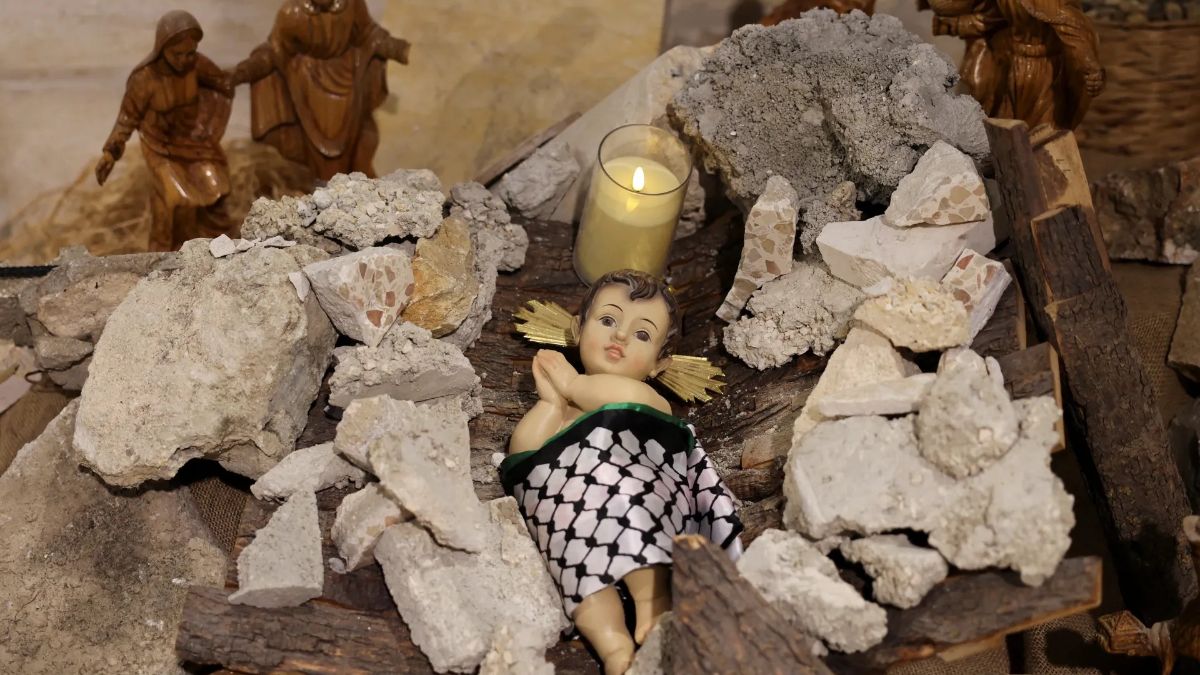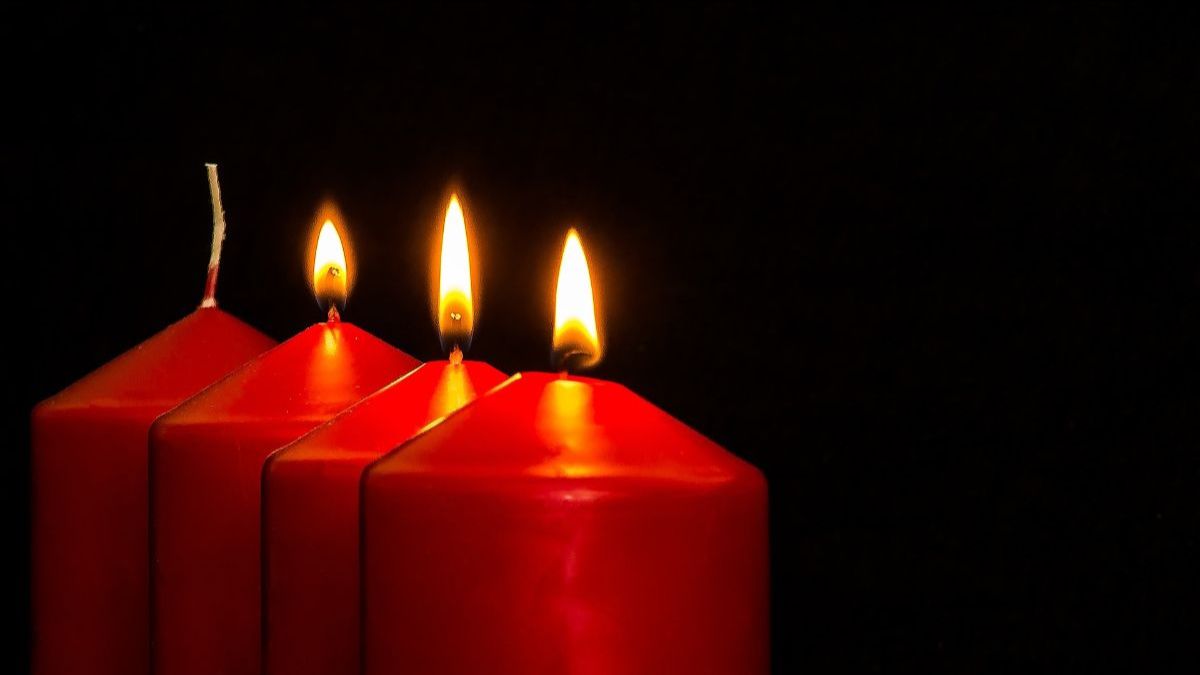The Judgement of Mercy
"I came into this world for judgment so that those who do not see may see, and those who do see may become blind." 40Some of the Pharisees near him heard this and said to him, "Surely we are not blind, are we?" (9:39-40)
John 9:1-41
March 24, 2017, Words By: Kris Rocke, Image By:
Stanley Hauwerwas said, “You can only act within the world you can see.” In this week’s text, Jesus sees what others can’t. He acts and his actions give new sight. This is the hope of the world.
The story begins with the disciples speculating theologically on who is to blame for a certain man being born blind; they are convinced God is punishing him. Jesus refuses this interpretation and heals the blind man…an act that “divides” the unstable community; he robs them of their scapegoat. Blinded by their own dim judgment, and in an effort to preserve the status quo, the community “drives out” the healed man from their midst.
Jesus follows the exile to the margins where the two of them establish the possibility of a new community, one founded upon mercy, not the blind guide of sacrifice. This is the “judgment” for which Jesus came into the world-the judgment of mercy.
There are four groups that appear in this story: the disciples, the neighbors, the parents and the Pharisees. None of them celebrate the healing of the blind man, not the disciples, not even the blind man’s parents. It’s a stunning note of absence. Instead, all are eager to distance themselves from the blind man, even in his healed state. His very presence is a threat to the community, which stands over and against “the sinner.”
To celebrate the blind man’s healing would be to jeopardize the fragile solidarity maintained by a steady stream of scapegoats. To celebrate the blind man’s healing is to side, not only with a “sinner,” but with Jesus, who himself had become known as a “sinner.” In fact, the religious power structure had already agreed, “anyone who confessed Jesus to be the Messiah would be put out of the synagogue” (9:22). Lest we rush to judgment and render ourselves blind, we do well to remember what a scary and dangerous thing it is to be locked out of the only community we know by standing with those who are despised. Mercy comes at a price; we are wise to count the cost.
This story is layered with irony; all of the actors are blind to the blind man. He is invisible to them, a non-person. The only one who actually sees him is Jesus. “He saw a man blind from birth” (9:1). The man is the source of endless speculation about everything except his own healing and humanity. In fact, while the community argues about who he is, the blind man tries in vain to be noticed and get a word in edgewise. “He kept saying, ‘I am the man'” (9:9). It’s a scene straight out of a Monty Python skit. They, not the once-blind “sinner,” are oblivious to God’s active presence in their midst. As a result, once healed, he is expelled from the very community that exists for healing and wholeness.
Father Greg Boyle, author of Tattoos on the Heart, talks frequently about the “community of kinship” that Jesus makes possible. He invites us to visualize a circle of compassion and then to imagine that no one is standing outside that circle. Finally, he invites us to act…to walk to the edge of the circle and stand with those who have been demonized in order to stop the demonizing. What a beautiful way to describe what Jesus does in this text.
In our Lenten journey we are nearing the cross, the place where Jesus will change the way we see forever and make visible that to which we are blind. Soon, we will find ourselves driven out to the extreme edge of the circle of compassion, where we will discover that the love and mercy of God widens yet again to include the excluded. This is God’s judgment of mercy; may he use the forty days of Lent to prepare our hearts for it.
Kris Rocke
Executive Director
Street Psalms




